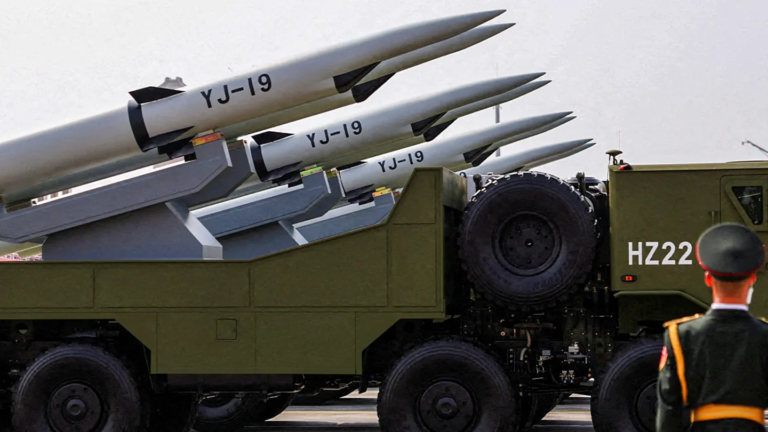
Air Force Gen. Randall Reed, who leads U.S. Transportation Command, met with Gen. Yoshihide Yoshida, chief of staff of Japan’s Joint Staff, and Gen. Kenichiro Nagumo, commander of the newly formed Japan Joint Operations Command, established March 2025. The meetings, part of Reed’s multi-week trip to the Indo-Pacific region, focused on combined mobility, command interoperability, and logistics coordination.
“The U.S.-Japan alliance is a cornerstone of regional stability,” Reed said. “And shared logistics — built on speed, scale, and access — is how we keep that strategic edge and maintain a free and open Indo-Pacific for all.”
Reed reaffirmed U.S. support for the command’s JJOC establishment and its role in streamlining decision-making across Japan’s self-defense forces.
Yoshida said U.S. forces are working closely with Japan to develop coordination procedures between U.S. and Japan, embedding logistics coordination into the new structure.
“The year 2022 became a historical turning point to the global society” Yoshida said. “The regional conflicts in [European Union] and the Middle East are spreading to the Indo-Pacific region; moreover to the world. In the midst of this international conflicts, JASDF, with the Air Support Command in its center, has been conducting various transporting operations continuously around the globe.”
Reed also met with Nagumo to discuss lift capacity and theater-wide logistics planning in times of emergency. Nagumo’s new position affords him operational control of all three of the country’s armed forces: ground, maritime and air self-defense.
“With the Japan Joint Operations Command now fully operational, we are positioned to make faster decisions and coordinate more closely with U.S. forces,” Nagumo said. “Integrated logistics and mobility are essential to real-time response, and our alliance gives us the reach and reliability to meet today’s regional challenges.”
“For decades,” Reed said, “most U.S. transportation and logistics activities were conducted in uncontested environments, but that strategic environment has changed. We are growing our capabilities, strengthening relationships with our allies and partners and coming at this challenge united, so logistics never becomes the weak link.”





